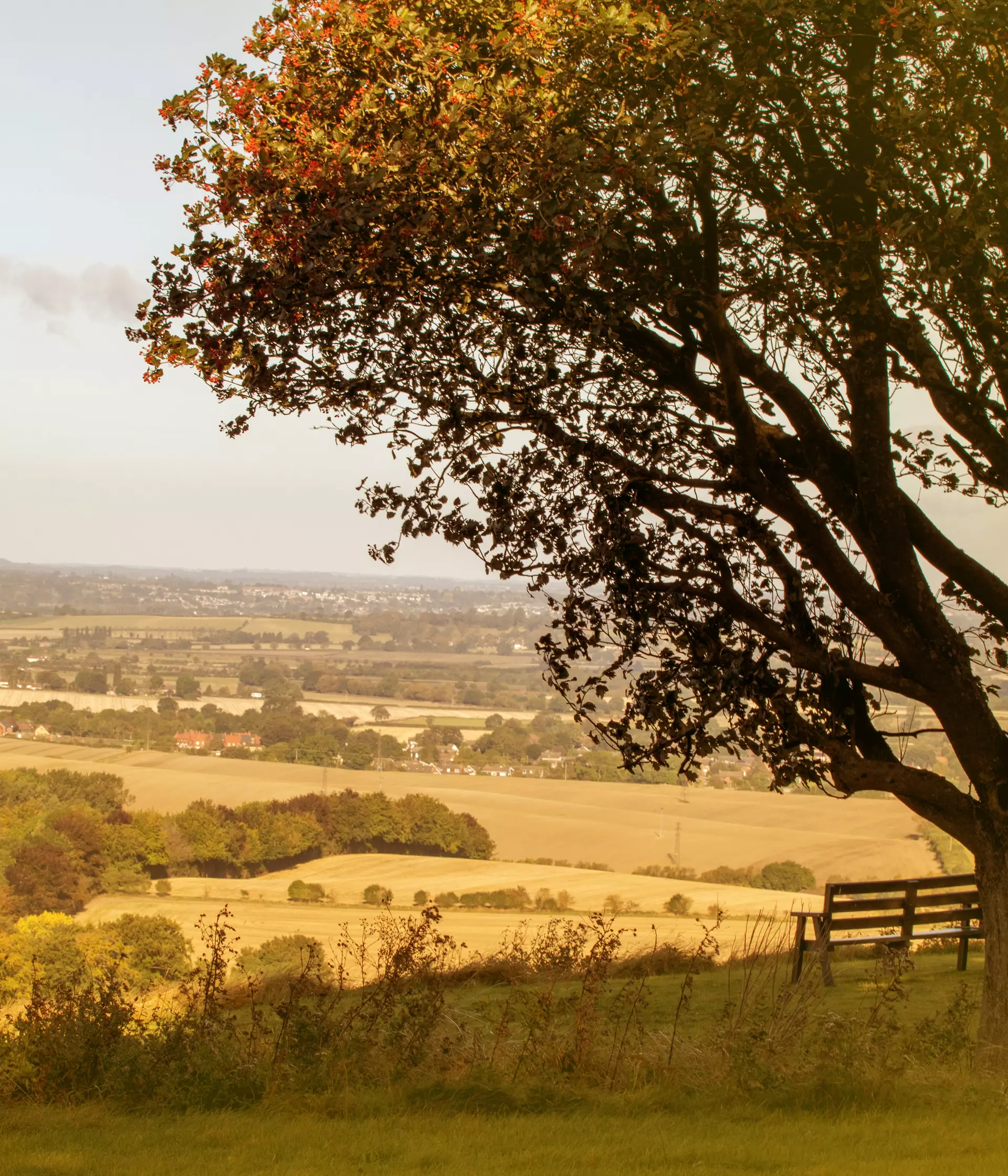Whipsnade Zoo isn’t just a conservation zoo because of the animals we look after in the traditional sense – we also care for the thriving native species that call our zoo their home.
From moles to badgers, from grizzled skipper butterflies to cinnabar moths and slow worms, from grass ants to bumble bees, with over 1,500 species of native flora and fauna around our site, Whipsnade is a haven for biodiversity and we do everything we can to protect it.
Our chalk downs grassland at Whipsnade Zoo is a designated Site of Special Scientific Interest (SSSI) because it’s a rare and important habitat in Britain, especially for butterflies and orchids. We manage this site really carefully with our own flock of 100 sheep to graze the land in the same way spaces were traditionally maintained, to ensure the biodiversity here is preserved as carefully as possible. The species of sheep – badger face sheep – are chosen specifically for the chalk down because they graze the top of the grass leaving native flowers to thrive.
Animals that make their home at Whipsnade Zoo
We are also home to ten species of native bat, six of which – common and soprano pipistrelles, brown long-eared bats, Natterer’s bats, Daubenton’s bats and barbastelles - use some of the bat hibernacula (hibernating chambers) that have been installed at the zoo. All 16 breeding native bat species in Britain are in drastic decline, so providing homes for these to roost and hibernate in is crucial.
When visiting Whipsnade keep your eyes peeled in the sky – the zoo is also home to the stunning native species, the red kite. Having made a comeback in recent years following successful reintroduction and protection programmes in England and Scotland – supported by ZSL – you can see this elegant bird soaring in the skies over Whipsnade, recognisable as kites by the inverted point in their tail feathers giving the impression of a ‘K’ for kite!
Whipsnade has also been critical to the survival of the corncrake, the only globally threatened bird to breed in the UK. It started to disappear from the English countryside more than a century ago but since 2000 we’ve played a key role breeding corncrakes at Whipsnade to be released into RSPB reserves. When breeding corncrakes for release you have to be sure they don’t the stars until they are at the release site – corncrakes use celestial navigation, and will return to the place they first see the starts to breed so it’s important this is at the reserve and not at the zoo!
Sharing our love for native wildlife
We work with local schools to introduce children to the nature on their doorstep, and teaching them how to make bird feeders and bug hotels. If you’d like to learn more about some of the native species living at the zoo, join zoo keeper Tyrone Capel on a special tour of Whipsnade’s biodiversity and see the entrance to one of our bat hibernaculum, find out how to spot a slow worm, how to identify a grasshopper and learn how you can join in the conservation of your local wildlife!
In the future we plan to open a native species conservation and breeding centre at Whipsnade Zoo, where we can lead on native species breeding, population enhancement and responsible reintroduction for important species like the Hazel dormouse, red backed shrike and native pool frog.
Native wildlife conservation at ZSL
Red kite conservation at ZSL
We reintroduced 90 red kites to Spain, and are carrying out health surveillance to propel their UK comeback forward.
Conserving native birds
Our work protecting some of the most iconic birds across the UK, including sea eagles, puffins, corncrakes and hen harriers.
Hazel dormice conservation
By working together with our conservation partners, we've managed to successfully reintroduce over 1,000 dormice.
